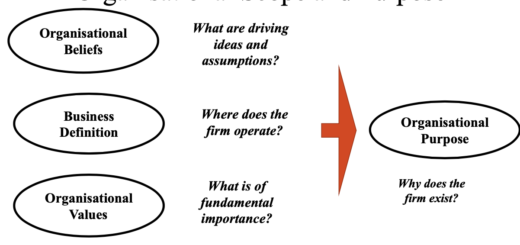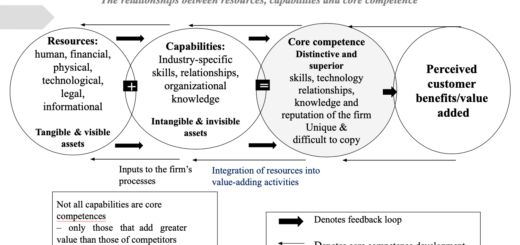Discrimination in Recruitment Using Social Media Platforms
Discrimination in recruitment using social media platforms refers to the practice of using information available on a candidate’s social media profile to make hiring decisions based on their race, gender, age, religion, or any other protected characteristic. This can include using information about a candidate’s lifestyle, personal beliefs, or social connections to make assumptions about their suitability for a job.
For example, if a hiring manager looks at a candidate’s social media profile and sees that they have a certain religion, this could lead them to make assumptions about the candidate’s beliefs or cultural background, which could influence their hiring decision. Similarly, if a hiring manager sees that a candidate is a member of certain groups or organizations, they may make assumptions about the candidate’s political or social views, which could influence their decision.
To avoid discrimination in recruitment using social media platforms, employers should establish clear policies and guidelines for how social media will be used in the hiring process. This can include limiting access to social media profiles until later stages of the recruitment process, or ensuring that only job-relevant information is considered in the hiring decision.
Employers should also ensure that their hiring managers are trained on how to avoid discrimination and unconscious bias in the hiring process, including how to evaluate candidates based on their skills, qualifications, and experience, rather than personal characteristics or beliefs.
Overall, employers must ensure that their recruitment practices are fair, transparent, and free from any form of discrimination, including discrimination based on information available on a candidate’s social media profile.
- In a 2013 survey of 500 employers, 62% regarded websites as the most effective recruitment method for attracting candidates – particularly public and not-for-profit sector
- Cost-effective, larger pool of candidates, ease of use, and speed of hiring – but filters out large numbers of candidates (Parry and Tyson, 2008)
- The unemployed, ‘tech poor or less IT literate, and older groups (Searle, 2006)
- Disability discrimination, whereas traditional methods enable equality of access
Informal discrimination occurs through social networks and can side-step formal diversity policies in organizations.
Informal discrimination occurs when individuals discriminate against others based on their social networks, rather than explicit policies or rules. This can be particularly challenging for organizations that have implemented formal diversity policies, as informal discrimination can often go unnoticed or may not be addressed by these policies.
Social networks can play a significant role in informal discrimination in organizations. For example, if individuals within an organization tend to socialize with people who are similar to them in terms of ethnicity, gender, or other characteristics, they may be more likely to favor those individuals when it comes to promotions, assignments, or other opportunities. This can create a situation where some individuals are systematically excluded or disadvantaged, even if there are formal policies in place to prevent discrimination.
One of the challenges of addressing informal discrimination is that it can be difficult to detect. Unlike explicit forms of discrimination, such as overtly biased comments or actions, informal discrimination can be subtle and may occur through unconscious biases or assumptions. In addition, individuals who engage in informal discrimination may not even be aware that they are doing so, making it difficult for them to change their behavior.
To address informal discrimination, organizations may need to take a more proactive approach to diversity and inclusion. This could include implementing training programs to help employees recognize and address their biases, promoting diversity in leadership positions, and encouraging employees to interact with people from different backgrounds. By creating a more inclusive culture, organizations can reduce the likelihood of informal discrimination and promote a more equitable workplace.




